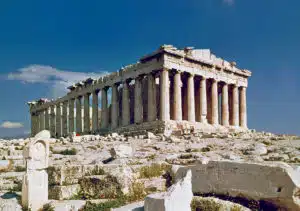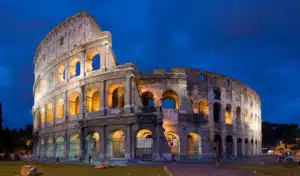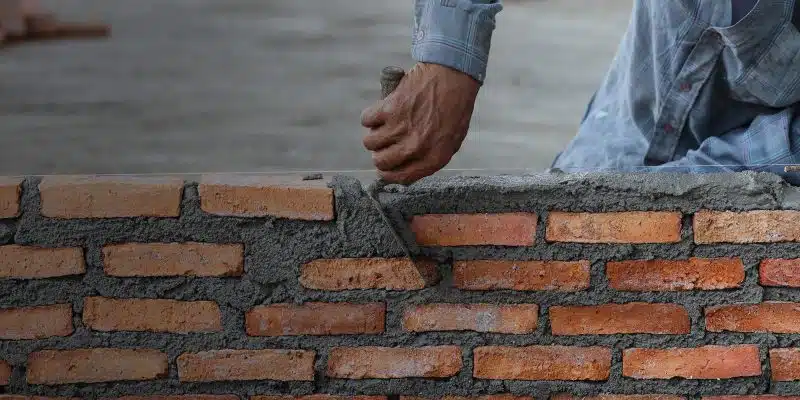The art of masonry dates back to the earliest moments in human civilization, when out of need, man sought to supplement the rare, naturally-occurring caves with artificial structures created from piles of stone. The natural availability of stones has been responsible for their early use and contribution to the oldest known structures in human history. This early form of construction was comprised of dry masonry rubble with stones of various sizes being stacked on top of each other to create walls; smaller stones were used to fill empty voids, with mud sometimes being used to bind the stones together. Over time, bricks were created from local clay and silts – as stones were not always available – and by the 4th millennium BC, ancient civilizations including the Mesopotamian people, were constructing palaces and temples of stone and sun-dried brick.
As human civilization continued to advanced, so did ancient masons and their mastering of the art to quarry, cut and hand chisel stone with increasing precision. We need not look far to appreciate the skill and fortitude demonstrated by ancient masons to erect some of the most impressive structures still standing today. The Egyptians, for one, constructed the pyramids at Giza roughly 4,500 years ago in the 3rd millennium, with the largest of the three towering over 480 feet, and built out of an estimated 2.3 million lime stone blocks, each weighing an average 2.5 to 15 tons. They used granite for the construction of the roofs and walls of the burial chambers, and gypsum as mortar, despite it having almost no binding properties.
The choice of masonry materials throughout history has been influenced mainly by availability and prevailing geological formations and conditions of surrounding areas. The ancient Egyptians relied mainly on limestone, sandstone, alabaster, granite and basalt, quarried from the hills along the Nile River, while in the last centuries leading up to the birth of Christ, the Greeks were sourcing materials for mud-brick locally, and also constructing temples of limestone and marble. Among them was the Parthenon, which was completed in 438 BC. With a limestone foundation and a roof covered with large overlapping marble, the Parthenon has been regarded as the finest example of Greek architecture and construction, with many aspects of the structure praised in terms of their precision and innovative design.

By 117 AD, control of Europe was ceded to the Romans and evidence of their stone, roman brick and concrete engineering remains scattered across their land and once-occupied colonies. Their meticulous masonry techniques can be seen in structures like the Colosseum, which was build mainly of travertine limestone with a core brick. In their ancient brickyards, the Romans produced fired clay bricks – replacing earlier sun-dried mud bricks –which featured longer and flatter dimensions than those of standard modern brick. Roman concrete also differed from modern concrete due to the incorporation of volcanic ash to provide fracture resisting properties, and create what some have called the most durable building material in human history.





